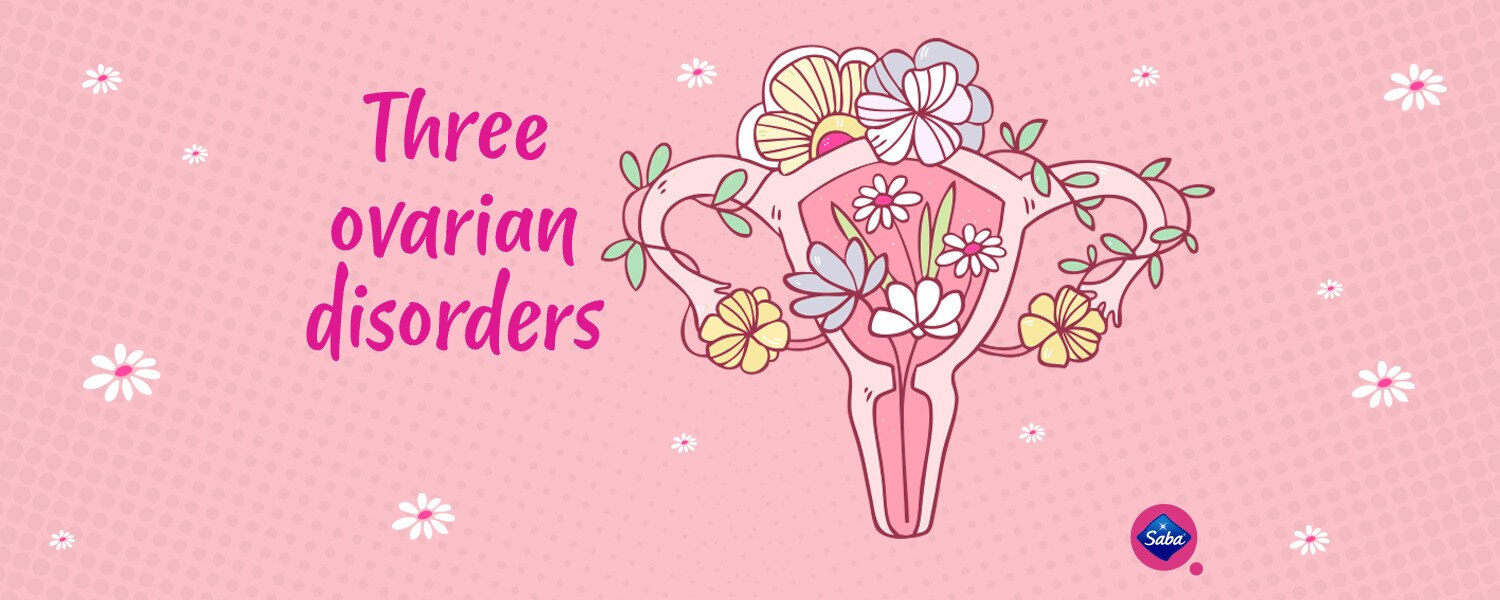Three Ovarian Disorders

Saba® makes you feel #CómodaContigo.
Menstruation happens due to several processes that occur in the female reproductive system. Did you know that ovaries are a gland in which eggs and hormones (specifically, estrogen and progesterone) are produced?
They are located in the lower abdomen, are the size of an almond, and are responsible for the healthy functioning of all of our sexual organs. Keeping all of these facts in mind, we know that the ovaries are very important for our sexual functioning. Unfortunately, there are certain diseases that can affect them. Keep reading to learn about three ovarian diseases.
Ovarian Cancer
This type of cancer is not very common, and it is difficult to detect since the symptoms appear when the disease is very advanced. Symptoms of ovarian cancer may be: vaginal bleeding, weight gain or loss, back pain, feeling of weight in the pelvis, pain in the lower abdomen, gas, nausea, vomiting, or loss of appetite.
Ovarian Cysts
Cysts rarely become cancerous. Most are actually small, and cause no symptoms. Cysts are only operated on if someone is experiencing pain. Sometimes these cysts can rupture or cause bleeding - in these cases, immediate medical care is necessary.
Polycystic Ovary Syndrome (PCOS)
This disease is seen when there is an excess of male hormones, and it causes cysts in the ovaries. The symptoms of PCOS include - but are not limited to - acne or oily skin, excess hair on the face, infertility, weight gain, irregular periods, and pelvic pain. There is no cure, but with a balanced diet, exercise, and treatment, the symptoms can be counteracted.
It is necessary to go to a specialist to perform the necessary tests to diagnose and treat any of these ovarian diseases. Being informed helps us better understand how our body works, and that’s why we recommend you get regular check ups and pap smears at your gynecologist as often as necessary.
